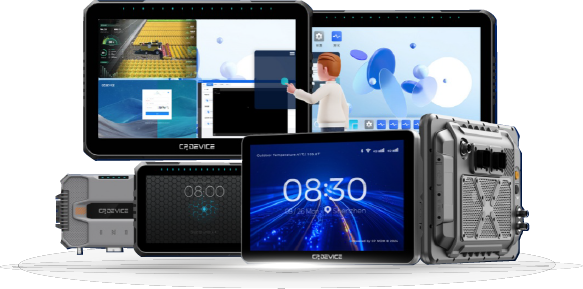In Recent Years, To Enhance Vehicle Safety, Intelligence, And Environmental PerformanceA series of advanced driver assistance features have emerged. This has brought severe challenges to traditional electronic and electrical architectures, requiring more and more electronic components to participate in information exchange. The bandwidth of the traditional CAN bus can no longer support the explosive growth of data volume. Therefore, in-vehicle Ethernet communication technology has emerged. Its high speed and strong breakthrough features have made it rapidly popular in the automotive field. With the further development of non-road vehicle intelligence, machine operations are also about to demand this new requirement for human-machine interaction solutions.
_1720836163_WNo_1080d445.webp)
CPDEVICE has recently launched the high-end in-vehicle intelligent tablet APOLLO 12 PLUS with dual-screen independent display and touch. A significant highlight is the 1000BASE-T1 in-vehicle Ethernet, providing a robust sensor information transmission channel for more AI applications in vehicle collision prevention and autonomous driving.
Since 1980, organizations such as IEEE, OPEN Alliance SIG, AVNU, and AUTOSAR have played a crucial role in expanding traditional Ethernet to automotive applications. Through joint development and cooperation, they have standardized the overall architecture of in-vehicle Ethernet in line with the OSI model.
_1720836184_WNo_1080d535.webp)
AVNU: Dedicated to promoting the application of AVB/TSN time-sensitive networks in the automotive field, making Ethernet a time-deterministic real-time network;
IEEE: The Institute of Electrical and Electronics Engineers, where the 802.3 working group is committed to advancing Ethernet-related standards;
AUTOSAR: The Automotive Open System Architecture organization, dedicated to standardizing the decoupling between automotive software and hardware and providing relevant specifications for the software level of in-vehicle Ethernet;
OPEN Alliance SIG: A non-profit automotive industry and technology alliance aimed at encouraging large-scale use of Ethernet as the standard for connected vehicles.
As an advanced network technology, in-vehicle Ethernet exhibits significant advantages over traditional Controller Area Network (CAN) communication in several aspects.
Both in-vehicle Ethernet and CAN bus use differential signal transmission and have dedicated transceiver chips, with twisted pair as the transmission medium.
In-vehicle Ethernet: Its communication speed far exceeds that of the CAN bus, reaching a range of 10M-10Gbps. This high speed makes in-vehicle Ethernet particularly suitable for systems with large data volumes and strong real-time requirements, such as intelligent driving, connected vehicles, and smart cockpits.
CAN bus: Its transmission speed is generally below 1Mbps (CANFD is 8M), which to some extent limits its application in large-scale data transmission and high-speed real-time communication.
In serial communication, the higher the speed, the shorter the transmission distance.
In-vehicle Ethernet: The transmission distance is 15 meters. Although its high speed may result in relatively short communication distances, within a vehicle, the transmission distance usually meets the requirements.
CAN bus: Its communication distance is generally tens of meters, making it more common in vehicle internal communication.
Both in-vehicle Ethernet and CAN bus use differential signal transmission and have dedicated transceiver chips. The maximum transmission speed of the CAN bus is 1Mbps (CANFD is 8M); the speed of in-vehicle Ethernet is much faster, ranging from 10M to 10Gbps.
In-vehicle Ethernet: The physical layer has dedicated standards and protocols, mainly aimed at simplifying interfaces to achieve full-duplex communication through a single pair of twisted pairs. In-vehicle Ethernet interfaces, depending on the speed, have different physical layer standards, such as 10base-T1S and 100base-T1.
CAN bus: Adopts a unified physical layer standard, using twisted pairs as the transmission medium, featuring differential signal transmission and dedicated transceiver chips.
In-vehicle Ethernet and CAN transmission methods are fundamentally different.
In-vehicle Ethernet: Uses packet switching technology, where data is divided into small packets for transmission. This method can provide higher data transmission efficiency and reliability.
CAN bus: Uses broadcast mode for data transmission, where all nodes can receive the data transmitted on the bus. This method's advantage is simplicity and directness but may lead to data redundancy and reduced efficiency.
To put it simply, in-vehicle Ethernet is like a combination of a switchboard and a group phone conference. It has three modes: unicast, multicast, and broadcast. Unicast is like one person (Node 1) calling the village switchboard (switch) first, then dialing another person (Node 2) through the extension number. Multicast and broadcast are like initiating a conference call through a group chat, selecting a few people (multicast address) for multicast, and selecting everyone (broadcast address) for broadcast.
_1720836210_WNo_1080d250.webp)
The CAN bus is like a village broadcast. When a CAN bus node sends a CAN message, all nodes in the network can receive it. The transmission method is one-to-many, and after the notification is sent, every villager can hear it and immediately handle any relevant matters.
As one of the main communication methods for in-vehicle networks, in-vehicle Ethernet is widely used in modern vehicles, such as in-vehicle infotainment systems, autonomous driving systems, and vehicle control systems. Through in-vehicle Ethernet, high-speed data transmission and real-time communication between various nodes within the car can be achieved, improving vehicle safety and comfort. In autonomous driving systems, in-vehicle Ethernet can enable real-time communication and coordination between sensors, controllers, and actuators. In vehicle control systems, in-vehicle Ethernet can facilitate data sharing and centralized control among systems like engines, transmissions, and chassis.
Especially in the field of agricultural machinery and mining, in-vehicle Ethernet can greatly meet the needs of autonomous driving, remote intelligent driving, vehicle control, and other unmanned operations. As a key technology for internal communication in modern vehicles, its importance is self-evident.
In the future, in-vehicle Ethernet will continue to develop towards higher bandwidth, lower latency, and smarter management. With the popularization and application of 5G technology, in-vehicle Ethernet is expected to combine with 5G technology to achieve faster, more reliable data transmission and richer application scenarios.
CPDEVICE's latest APOLLO 12 PLUS in-vehicle tablet terminal is designed for autonomous driving and remote control solutions. It has a built-in 2.5G Ethernet communication interface that supports a variety of high-speed communication needs, providing strong technical support for the development of intelligent agricultural machinery and mining equipment.
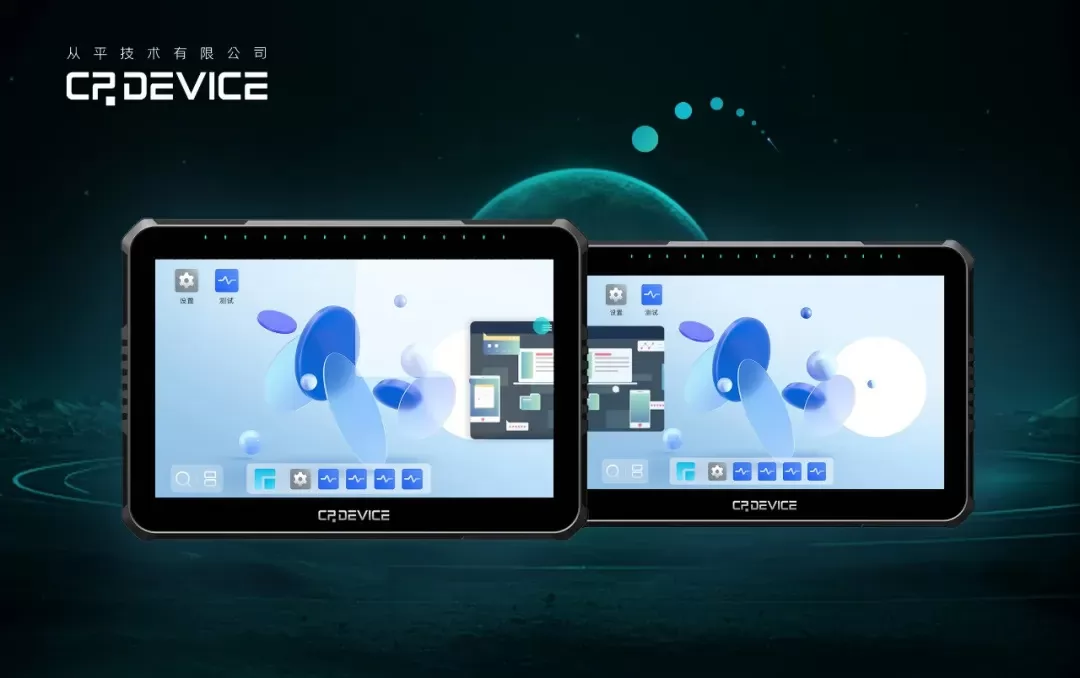
CPDEVICE was officially established on January 29, 2018, focusing on the intelligent transformation of agricultural, engineering, and logistics machinery. By serving thousands of industry customers, CPDEVICE provides professional software and hardware solutions for machinery intelligence, striving to achieve comprehensive intelligent evolution of machines.
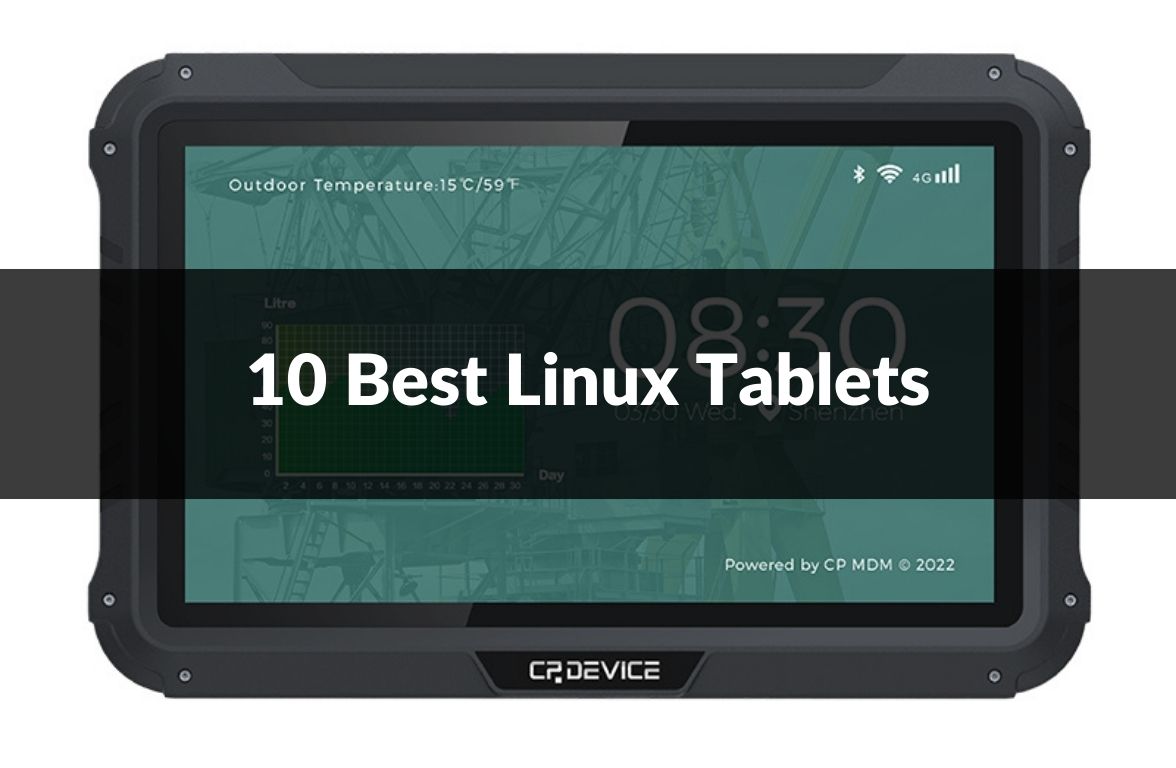

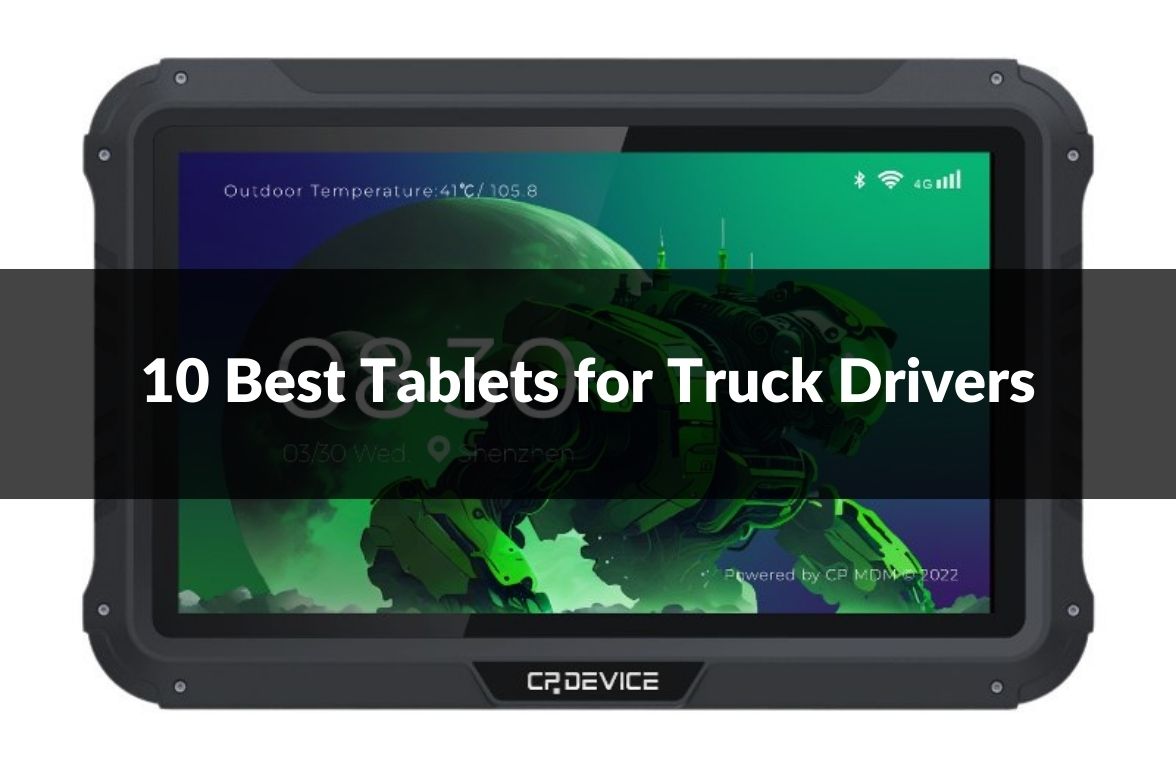
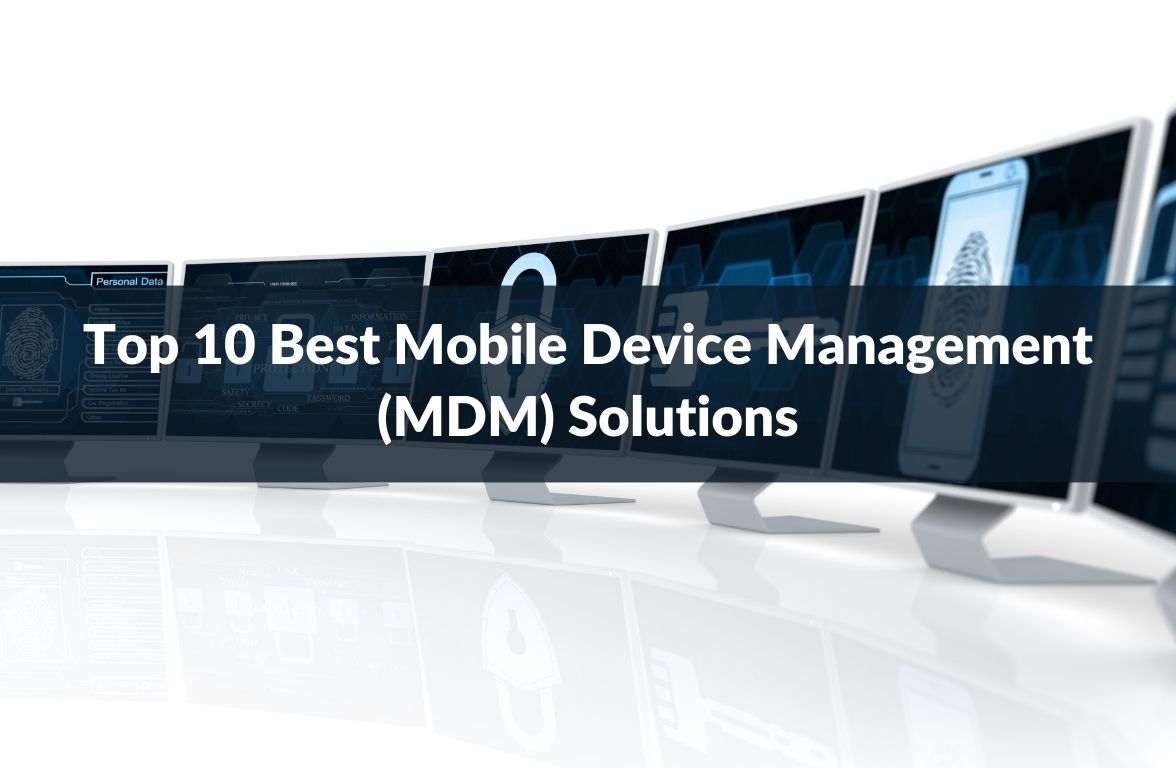
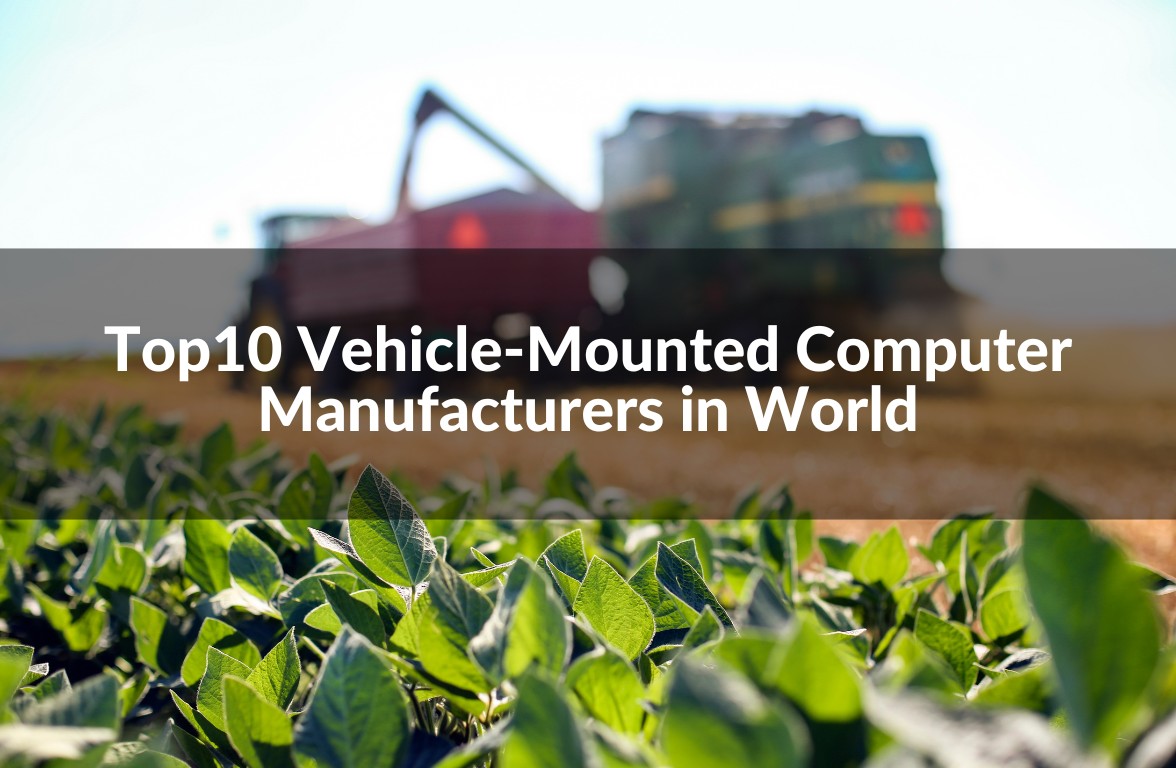
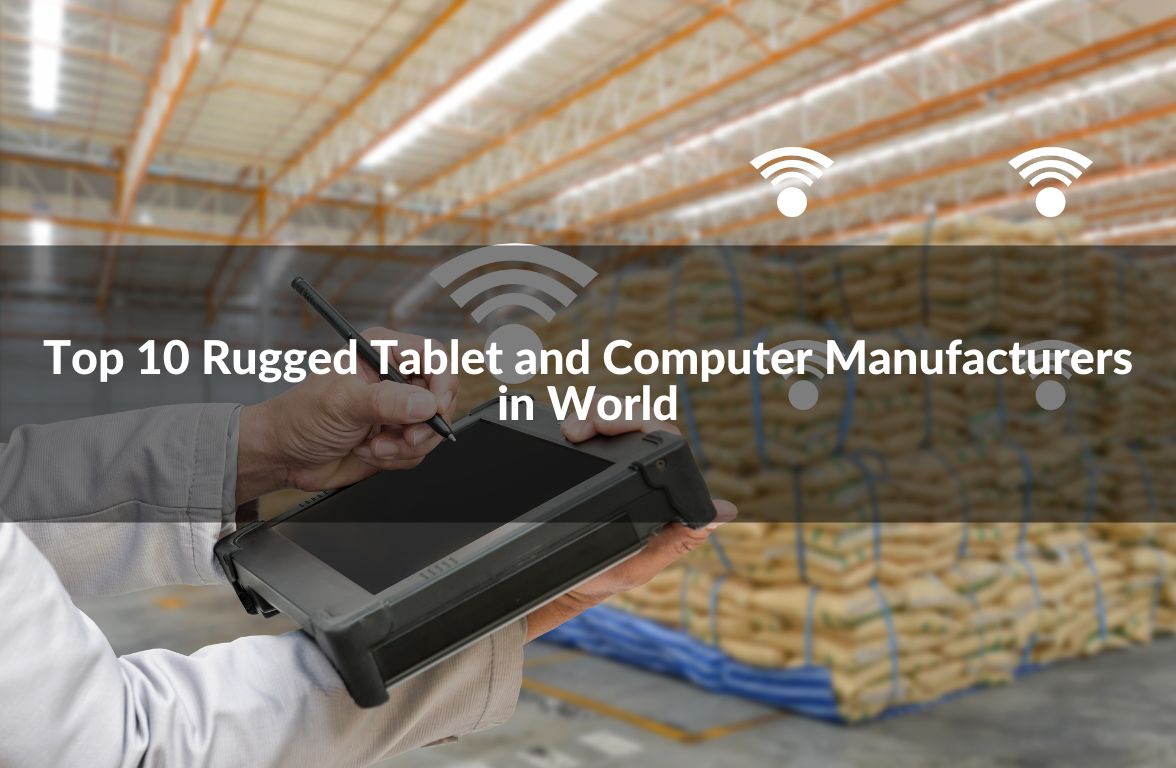

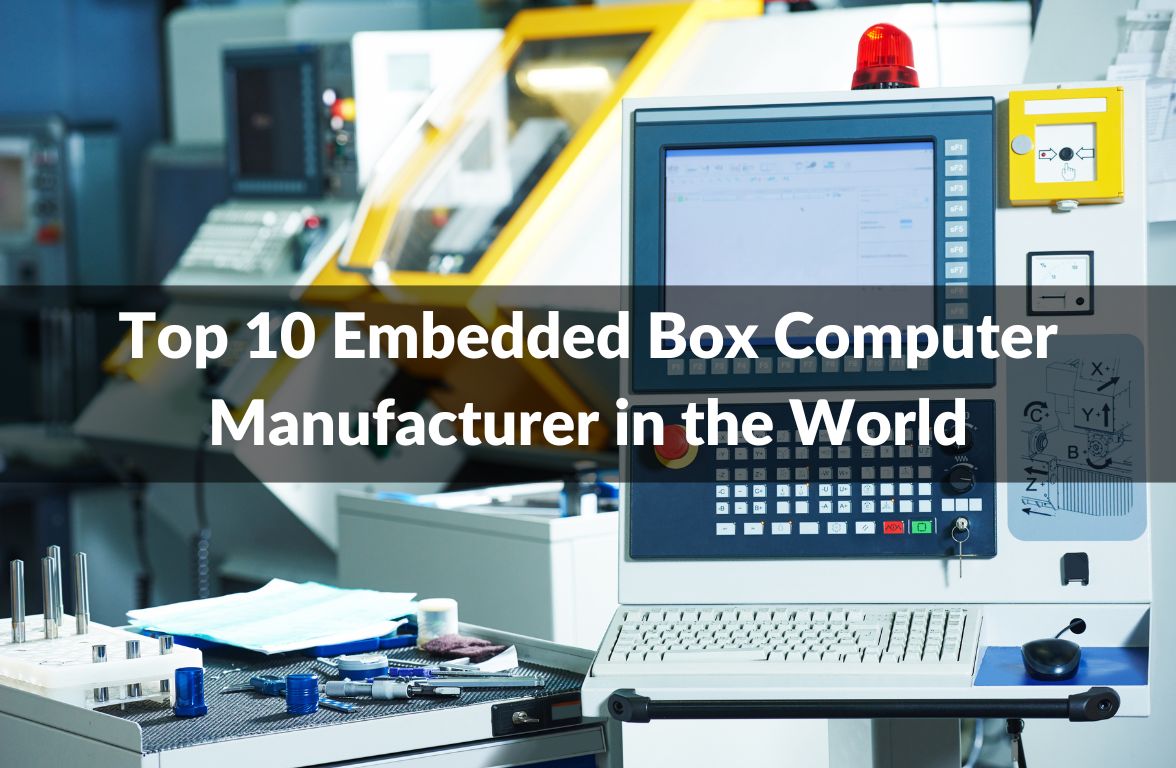
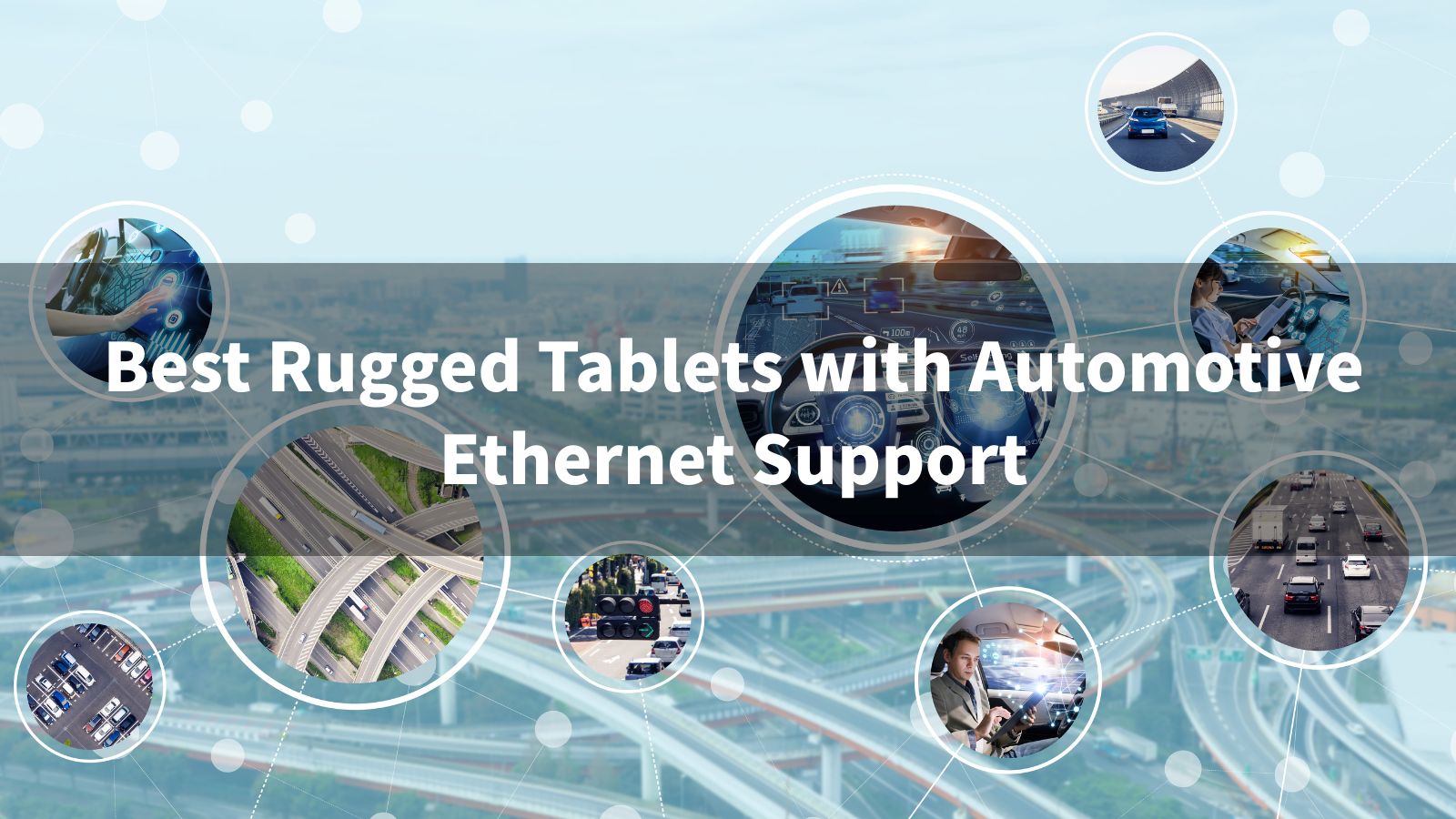



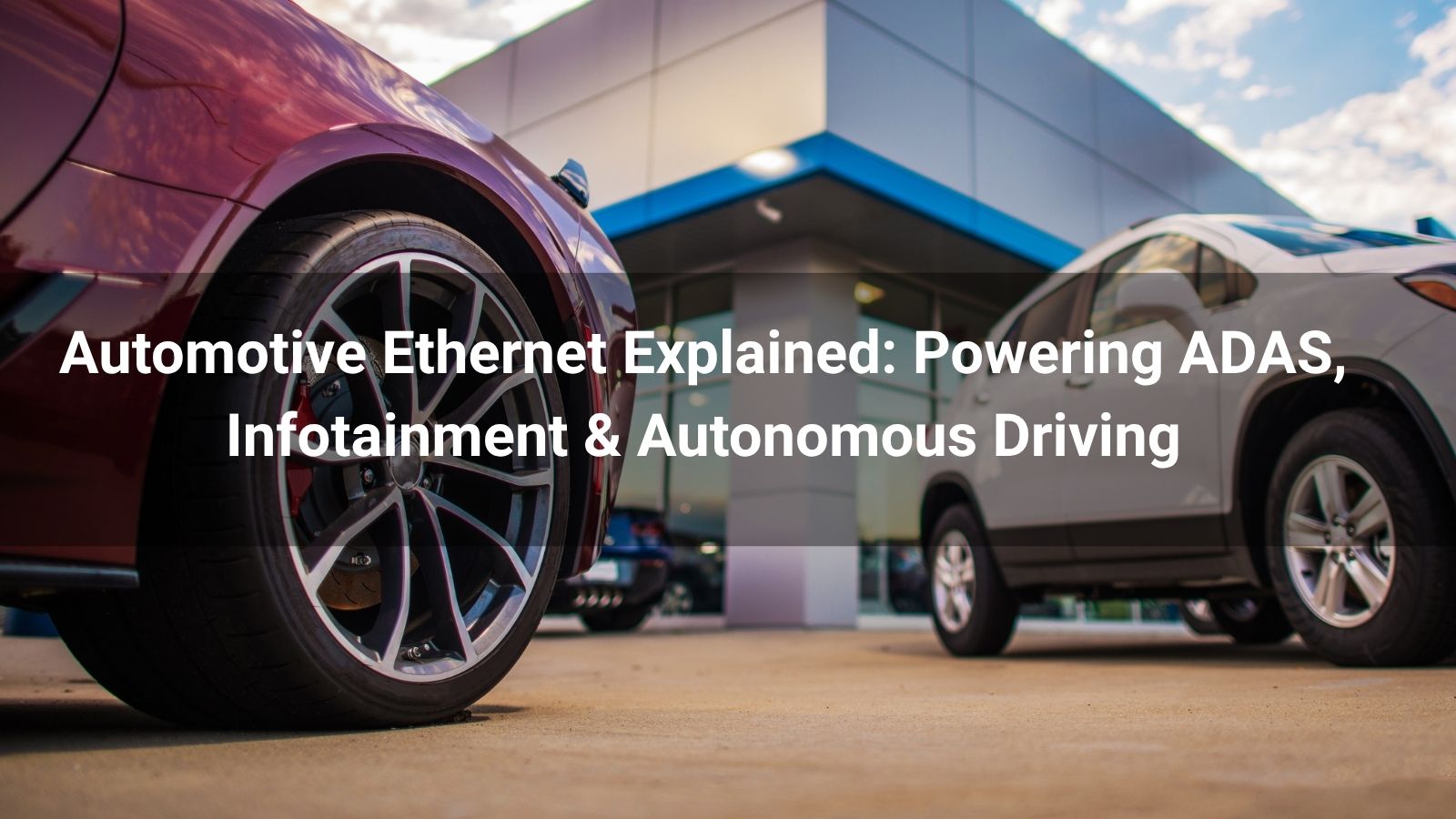
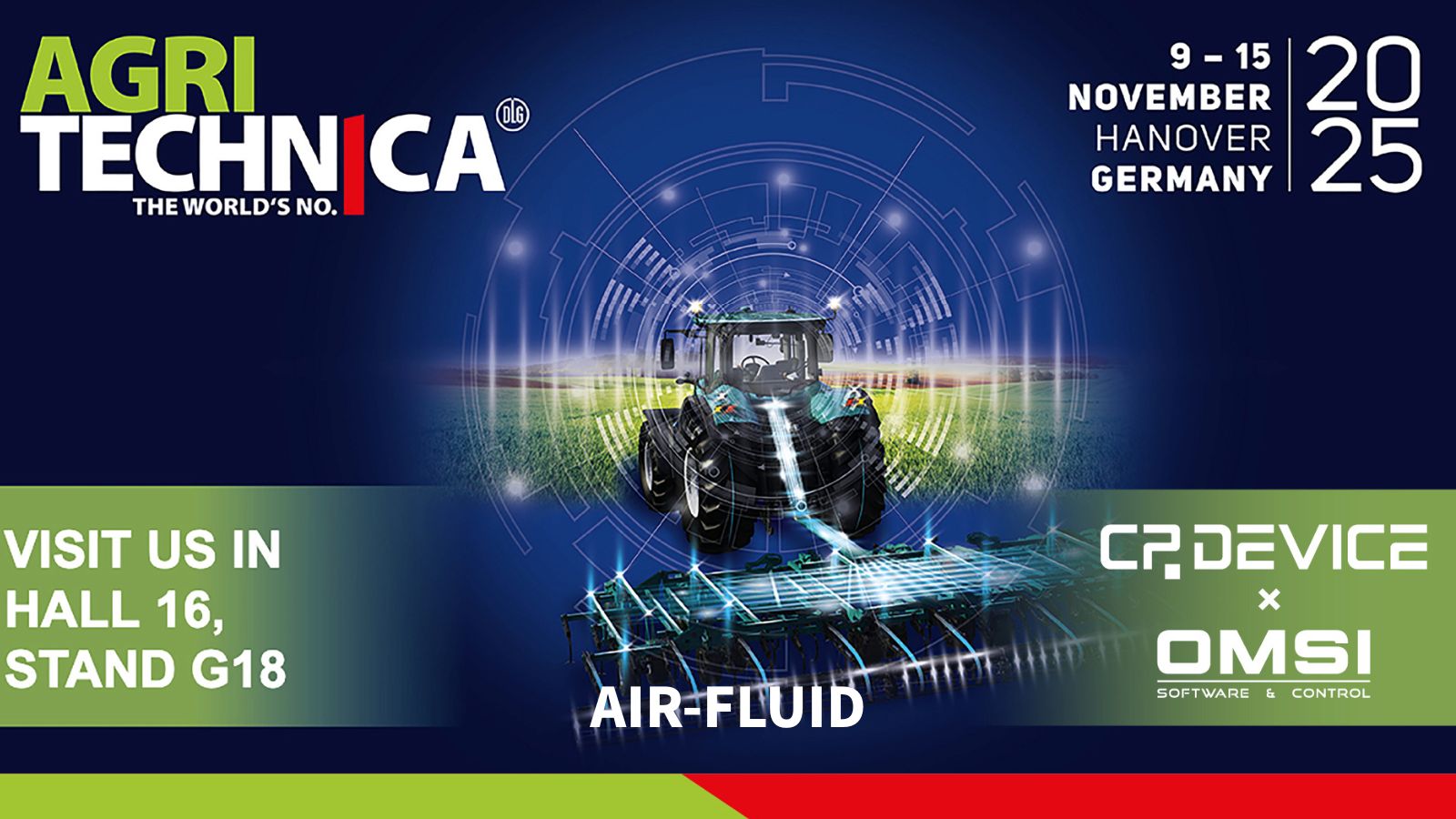
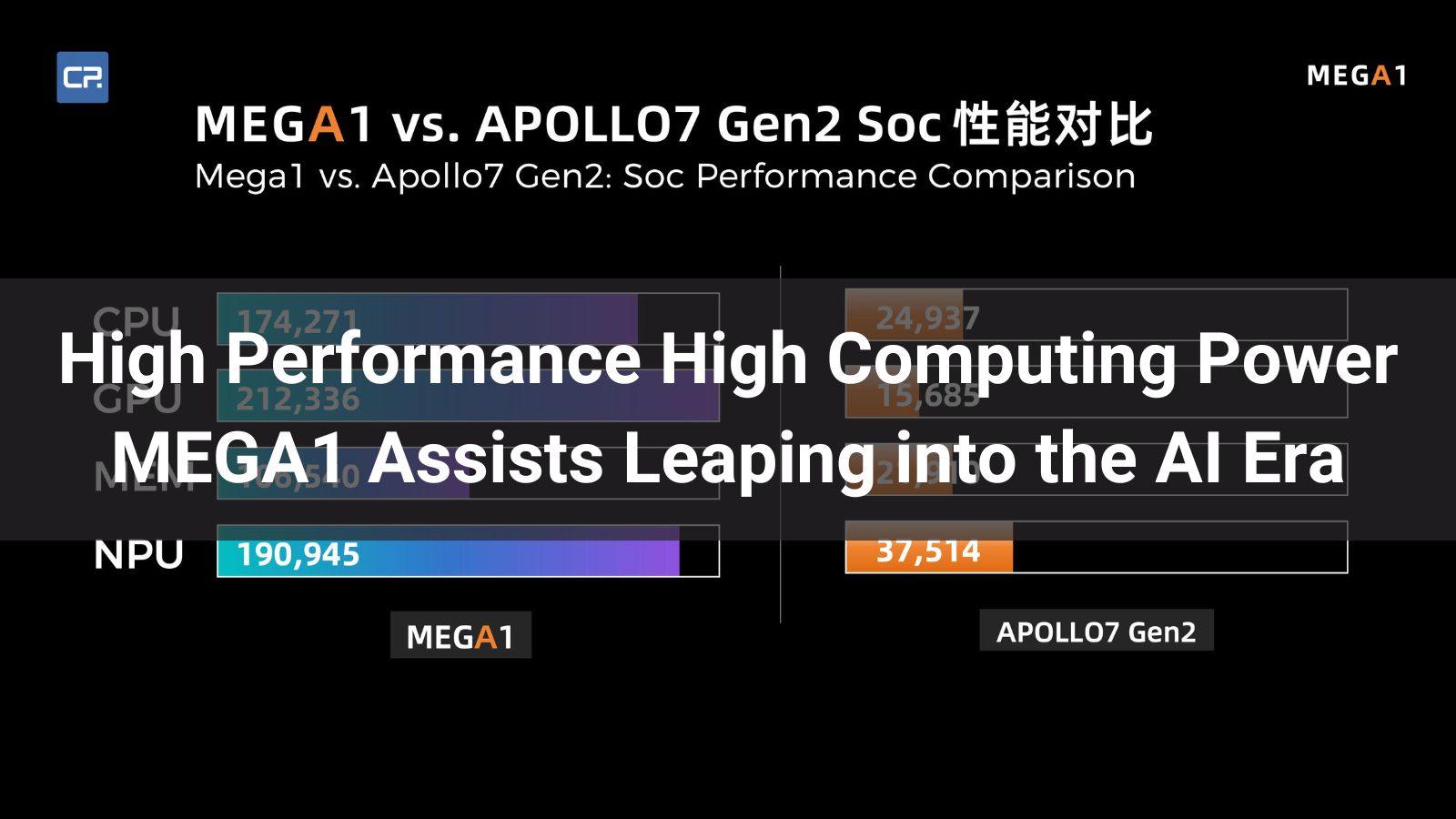

*We respect your confidentiality and all information are protected.

Whether you are looking for a rugged device that can handle extreme cold or heat, a compact device that can fit in tight spaces, or a versatile device that can support multiple applications and accessories, you will find the right solution among these top 10 vehicle mounted computer manufacturers.

These specialized devices are essential for vehicle diagnostics, ADAS testing, in-vehicle networking, and industrial applications in harsh environments like mining, construction, and fleet management, where high-speed, reliable single-pair Ethernet connectivity outperforms traditional CAN bus systems.

Whether you're in construction, outdoor adventures, or the defense sector, understanding how to choose the right rugged tablet is crucial. Dive into our comprehensive guide to explore the rise, features, and benefits of these robust devices.
